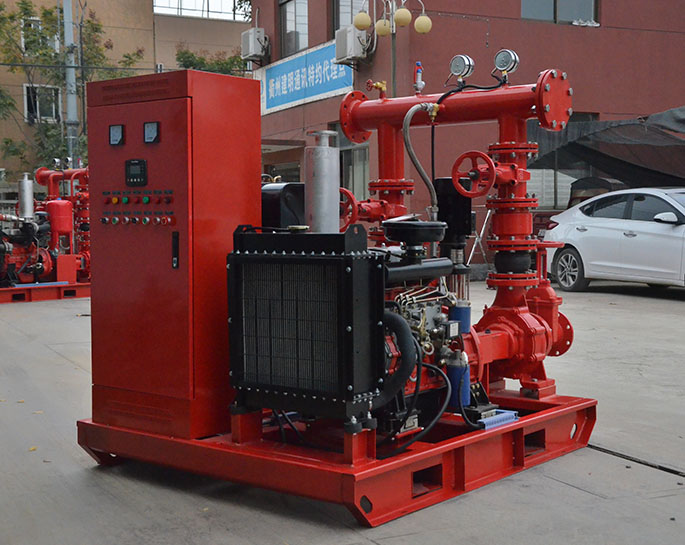Working principle of fire pump directional control valve
A directional control valve in a fire pump system plays a critical role in controlling the flow of water or firefighting foam to various parts of the fire suppression system. These valves are used to direct water or foam to specific locations, such as fire hoses, sprinkler systems, or other firefighting equipment. Here's an overview of the working principle of a directional control valve in a fire pump system:
-
Valve Types: Directional control valves used in fire pump systems can be of various types, including ball valves, butterfly valves, gate valves, globe valves, and others. The specific type used may vary based on the system design and requirements.
-
Valve Actuation: Directional control valves are typically actuated manually or automatically. Manual valves are operated by firefighters or personnel on-site, while automatic valves are controlled by the fire pump system's control panel based on the detected fire conditions.
-
Valve Positions: These valves have multiple positions, including open, closed, and partially open, depending on the design and configuration. The valve's position determines the flow of water or foam to different parts of the fire suppression system.
-
Flow Path Control: When the valve is in the open position, it allows water or foam to flow through the valve and into the designated pipelines or hoses. By adjusting the valve's position, the operator can control the flow rate and direction of the firefighting agent.
-
Pressure and Flow Monitoring: Some advanced directional control valves may include pressure and flow sensors. These sensors monitor the pressure and flow rate of the water or foam passing through the valve. The data collected can be used to ensure that the fire suppression system operates within its designed parameters.
-
Interlocks and Sequencing: In complex fire pump systems, directional control valves may be interlocked with other components to ensure proper sequencing and operation. For example, valves may be configured to open automatically when a fire alarm is triggered, or they may be part of a sequence that activates different parts of the system in a specific order.
-
Maintenance and Inspection: Regular maintenance and inspection of directional control valves are crucial to ensure they are in proper working condition. This includes checking for leaks, corrosion, proper actuation, and making any necessary repairs or replacements.
-
Emergency Override: In case of a malfunction or loss of power, manual override mechanisms are often provided to allow firefighters to control the valves manually during an emergency.
Overall, the working principle of a directional control valve in a fire pump system is to provide precise control over the flow and direction of firefighting agents, ensuring that they can be directed to the areas where they are needed most effectively during a fire emergency. The specific design and operation of the valve can vary based on the system's requirements and the type of valve used.


.png)
.png)

.png)


